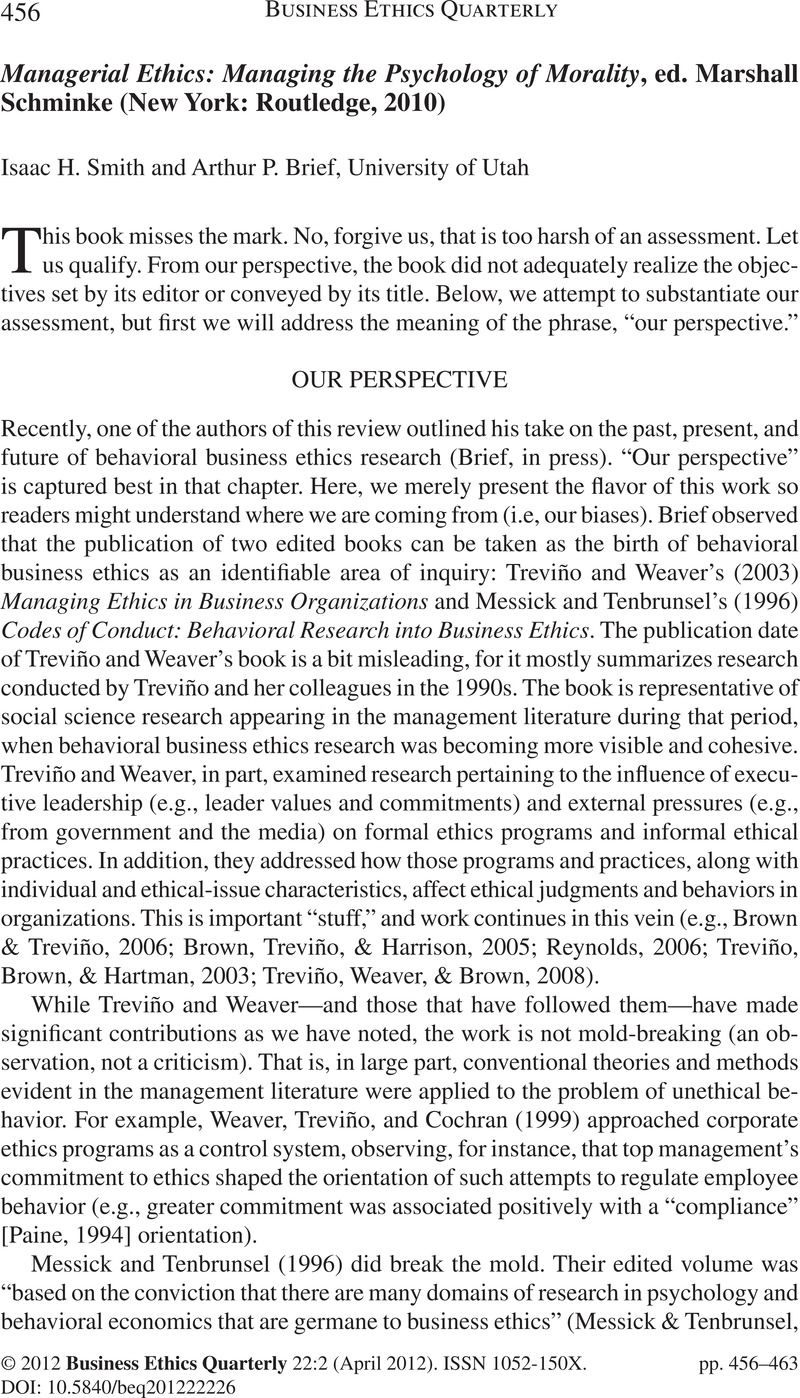Crossref Citations
This article has been cited by the following publications. This list is generated based on data provided by Crossref.
Al-Shammari, Marwan
Rasheed, Abdul
and
Al-Shammari, Hussam A.
2019.
CEO narcissism and corporate social responsibility: Does CEO narcissism affect CSR focus?.
Journal of Business Research,
Vol. 104,
Issue. ,
p.
106.





